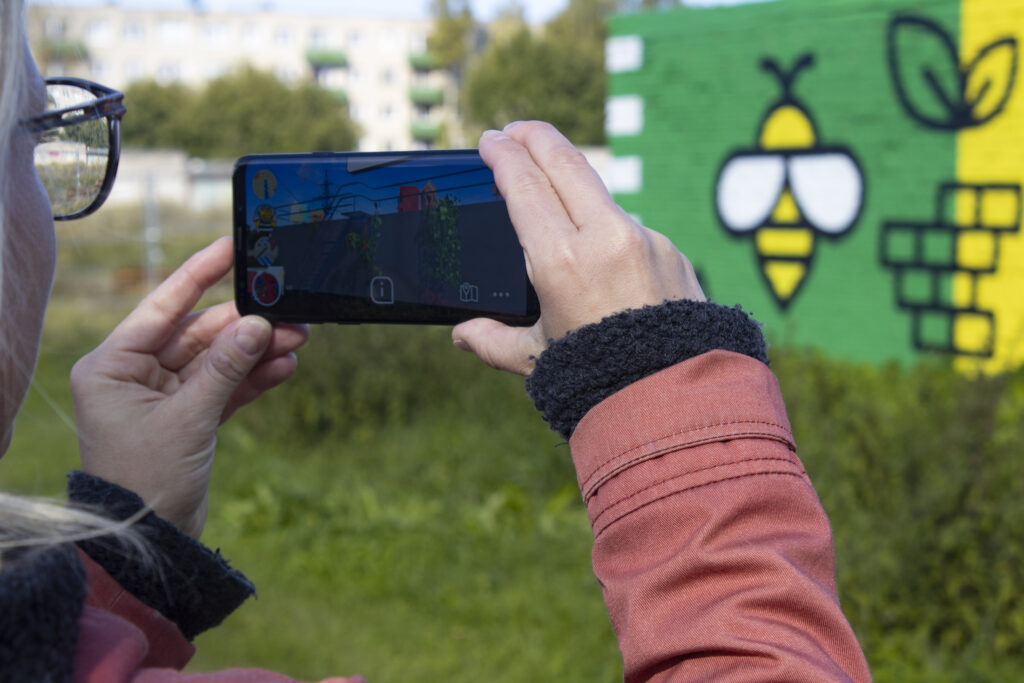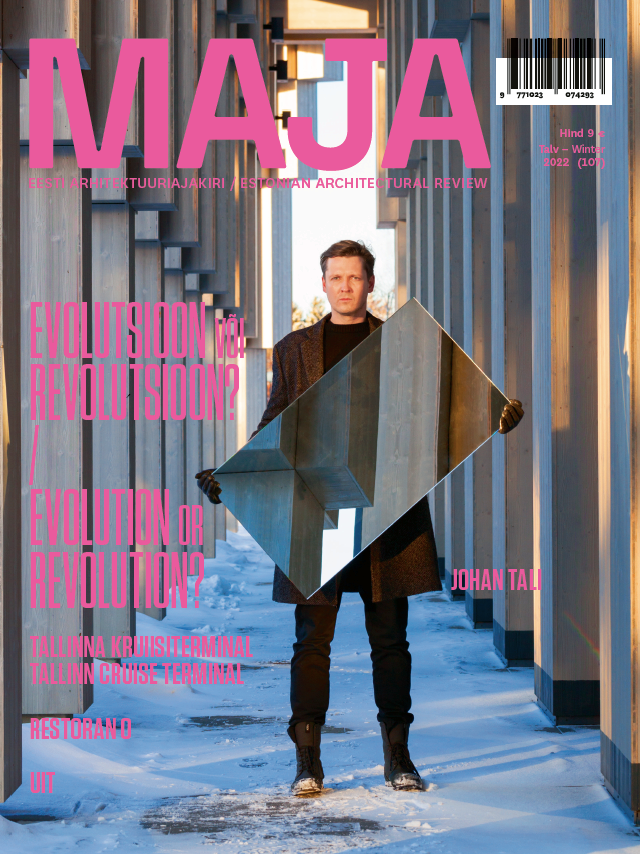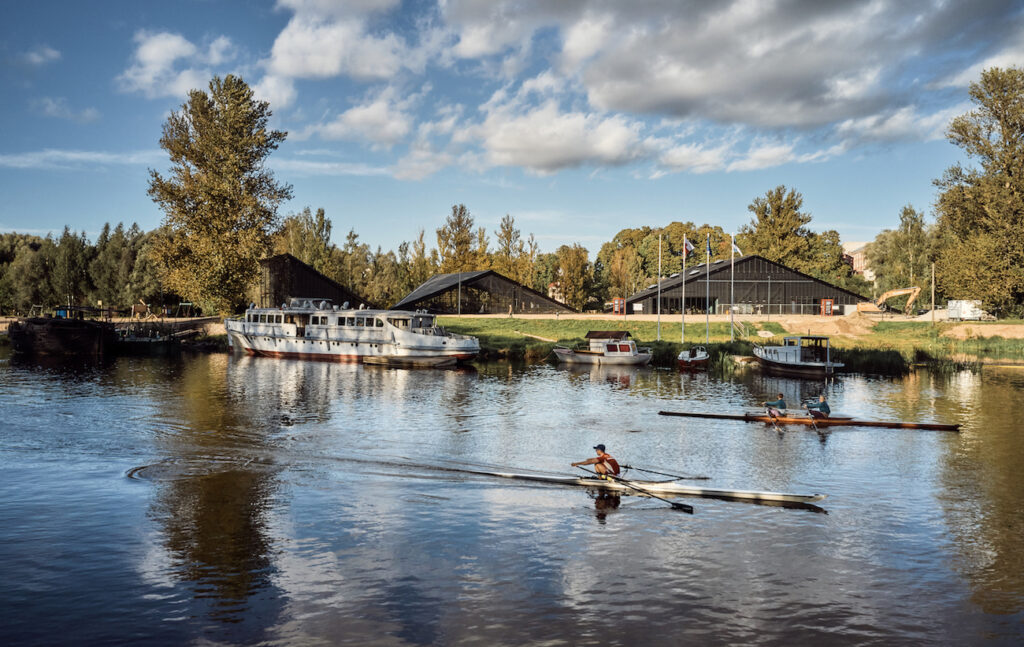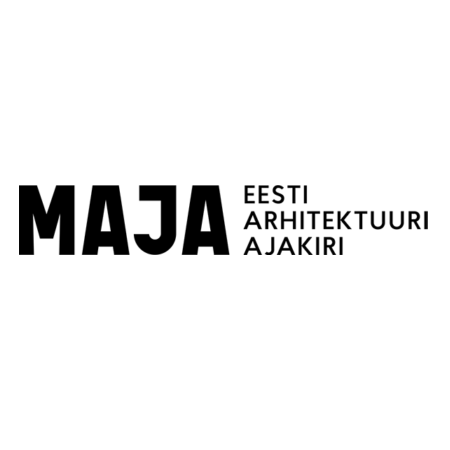Apps and other digital applications have gradually found their way into the spatial design toolkits of Estonian local governments. I asked various local governments what kind of digital co-creative and engagement tools they have launched for smart governance.
Does the legal space facilitate or hinder us in turning living environment in Estonia smart and in a smart way?
How does change in society reflect in architecture? In order to answer this question, we look back on the spatial design in the thirty years of regained independence. What kinds of spaces have accommodated us in the last three decades at work, in school and while enjoying culture? What have our homes been like?
Maja's summer edition soon available!
The buildings of Barge Yard wish not to reduce to inconspicuousness or to gently stroke the viewer’s gaze; they have a much broader agenda—to stand behind creative values even after solving the maze of practical questions.
Maja spring 2021 edition is on sale in Estonia. For subscriptions please contact info at ajakirimaja.ee
Smart cities are not merely for people and robots. Due to climate change and biodiversity decline, the combination of the physical and the digital is increasingly related to the needs of all species. Combining the natural and built worlds can be assisted by biotechnology, for instance, the use of bioreactors as a source of energy and by the smart application of landscape data in urban design, for instance, by means of biodigital twins or augmented reality. It shifts our perspective and poses the most critical and intriguing challenge of a smart living environment—how to adopt a life-centred rather than human-centred approach.
This issue of Maja is dedicated to the 30th anniversary of the Estonian Association of Interior Architects.
No more posts
ARCHITECTURE AWARDS














